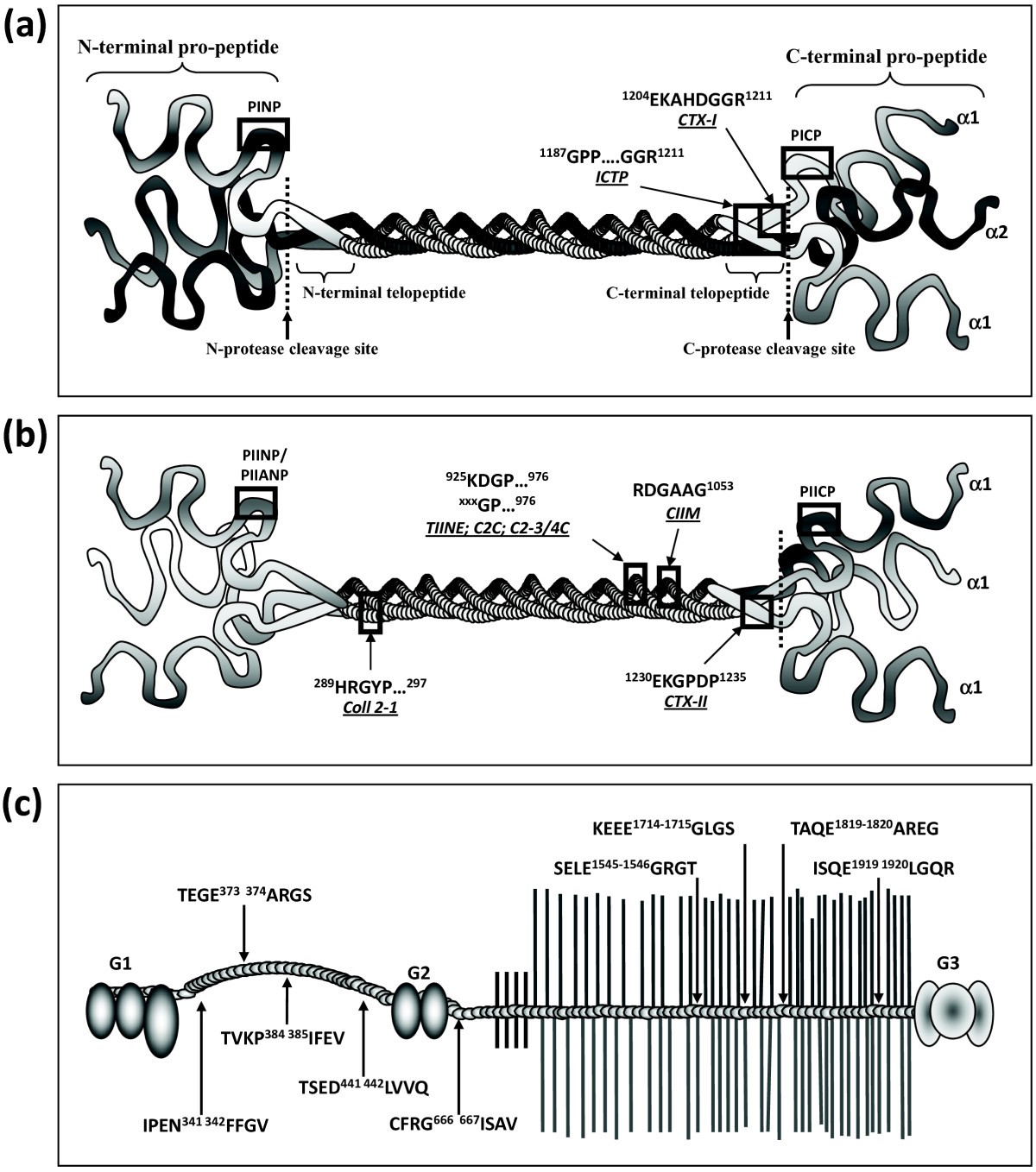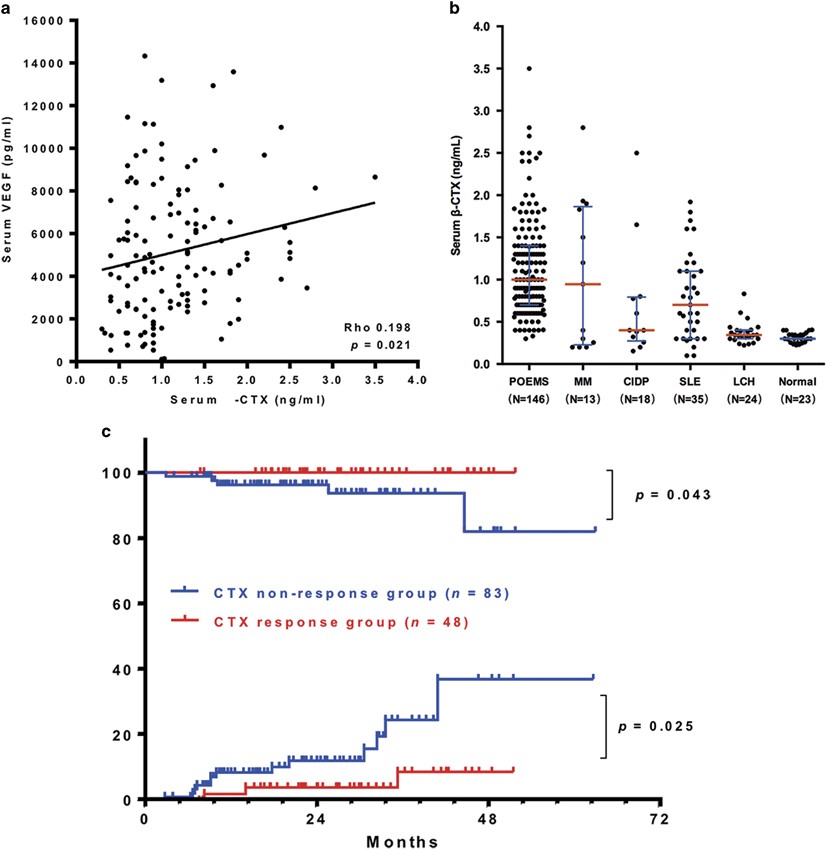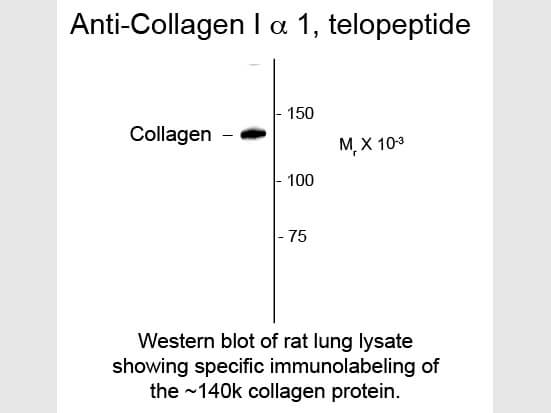
Pathway of cross-link formation in bone type I collagen and cartilage... | Download Scientific Diagram

Biochemical markers of ongoing joint damage in rheumatoid arthritis - current and future applications, limitations and opportunities | Arthritis Research & Therapy | Full Text

Removing Cross-Linked Telopeptides Enhances the Production of Low-Molecular-Weight Collagen Peptides from Spent Hens | Journal of Agricultural and Food Chemistry

Bone turnover and type I collagen C-telopeptide isomerization in adult osteogenesis imperfecta: Associations with collagen gene mutations - ScienceDirect

.PNG)






.PNG)


-90893.jpg)


